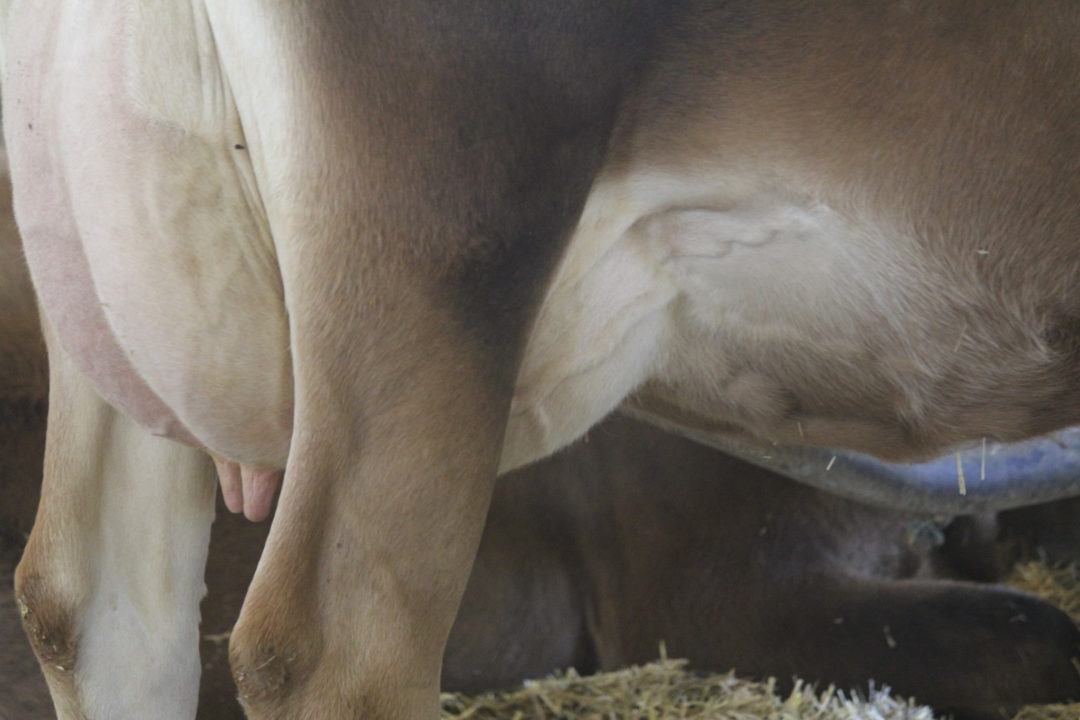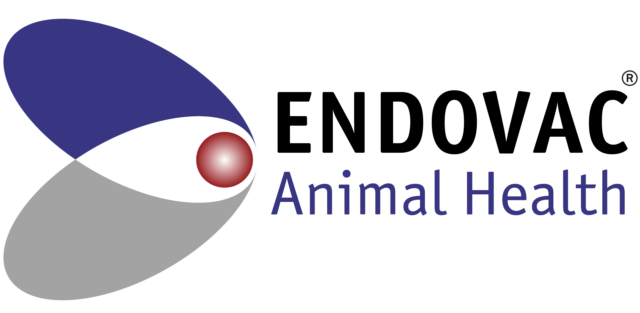The impacts of mastitis are far-reaching: production loss, medicine and labor costs, reduced fertility, risk of culling and replacement of culled animals. While it is unreasonable to think that all cases of mastitis can be avoided, prevention and early detection are key. In recent years, even the responsible use of antibiotics has become a significant concern, making prevention and management of these cases even more important. Additionally, consumers buying dairy products want to know animals are healthy and that they are taken care of when they do become ill.
What is mastitis?
Mastitis is inflammation of the udder. This is most commonly caused by a bacterial infection but can also be caused by yeast, algae or other organisms. This infection can either be clinical (visual changes in the milk, changes in the udder and/or the general condition of the cow) or subclinical (no signs of inflammation are evident, but infection is present). Subclinical cases can either remain subclinical or progress to a clinical state.
How can mastitis be detected?
The industry standard for the detection of mastitis is to measure the somatic cell count (SCC), which is the number of inflammatory cells present in the milk. An SCC of 200,000 cells per milliliter is considered to indicate mastitis. It is important to note that the SCC does not directly indicate the severity of the mastitis, and it does not indicate which bacteria could be responsible. The measurement of SCC over several milkings gives a good indication of the evolution of the inflammatory response, as well as an indication of an eventual cure. Additional indicators, such as electrical conductivity, milk colour and production, can also be used as indicators for mastitis.
Why do we care?
As mentioned earlier, the impacts of mastitis in the dairy industry go far beyond what is happening at the individual cow level. While the costs vary tremendously depending on regional markets and input costs, it is estimated that one case of mastitis can cost up to $442 (CA$600). This includes production loss, medicine and labour, and culling costs.
Production loss?
As SCC increases, so does the percentage of milk lost. It is estimated, on average, for every clinical case of mastitis, there is a production loss of 375 kilograms (826 pounds or approximately 5% of the lactation production). However, other studies have reported up to a 10% milk loss associated with certain types of mastitis. In addition, for every twofold increase of SCC over 200,000 cells per milliliter, there is a loss of 0.45 kilogram (1 pound) per day.
While this value is an average, individual losses can vary enormously depending on the severity of the illness as well as the lactation stage at which infection occurs. Once a cow has lost production, it is extremely difficult to return to the previous milk production curve, underscoring the importance of early detection and treatment.
Reproductive losses
While the exact mechanism remains unknown, mastitis has a significant impact on fertility. Lower conception rates (both at first service and overall), as well as a higher number of days to first service have been reported, particularly when mastitis occurs before first breeding. Increased inseminations per conception are also well documented. When we consider an estimated cost of $3.90 (on average) per day open per cow, even a short delay can be costly at the end of the year.
Culling and replacement
Animals that die due to mastitis, or that are removed from the herd even after curing due to poor performance, need to be replaced. Animal replacement cost is $1,000 to $1,500 per head purchased and between $2,900 to $3,300 per replacement animal if raised from birth on-farm.
Overall animal health and well-being
Animals suffering from mastitis also have an increased risk of developing other health problems, especially if the illness progresses and begins to affect the general condition of the cow. Animal welfare is a growing concern for consumers. Making sure animals are healthy and issues are detected early will help to further the confidence the public has in agriculture, particularly the dairy industry.
Using automation to identify mastitis: The data difference
In automated milking systems, there are several different tools used to identify mastitis. Electrical conductivity, which measures the amount of sodium and chloride ions in the milk, indicates inflammation on a quarter level. Milk colour recording is also used to detect (sometimes subtle) changes in milk colour, which can allow a farmer to act sooner. Somatic cell measurement is particularly useful in identifying both subclinical and clinically affected animals. By identifying affected animals quickly, the farmer can immediately put the appropriate treatment plan in place. This means animals will typically be less sick, recover quicker and have fewer short- and long-term effects.
Depending on the tool in question, measurements may be done on a quarter level or an animal level. Additionally, some data points are collected after every milking, while others are measured and presented once daily. The important thing is the data is presented in a way that the producer can understand and use to make informed decisions with the rest of their team.
Automation can also help identify trends. By using treatments and observations producers have recorded in their management programs, automation can help identify particular opportunities when it comes to seasonality, lactation stage or certain individuals in the herd that are more at risk.
While it is impossible to eliminate cases of mastitis in a dairy herd, automation can help producers save time, money and resources, ensuring their cows get the best and most timely care possible.











